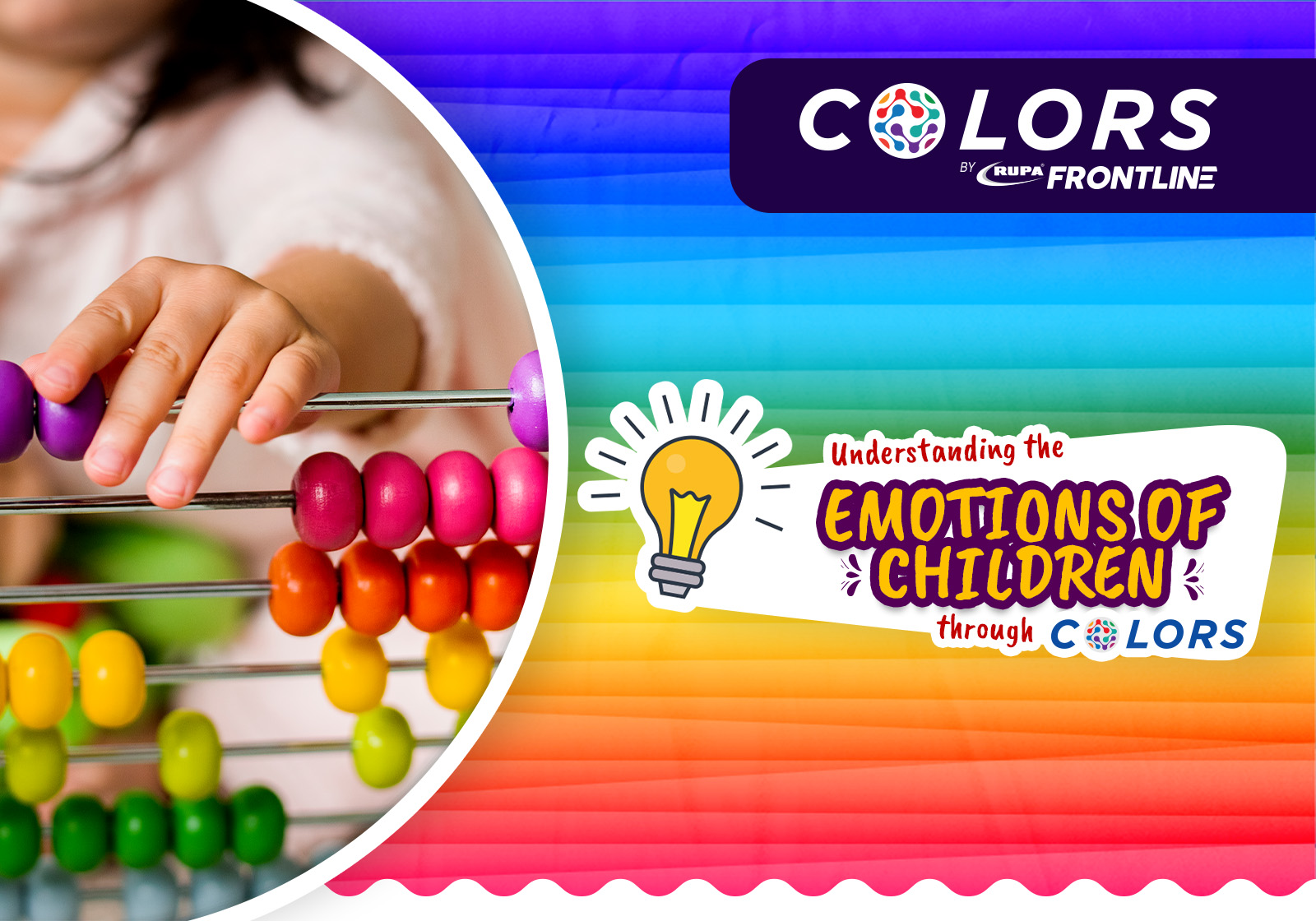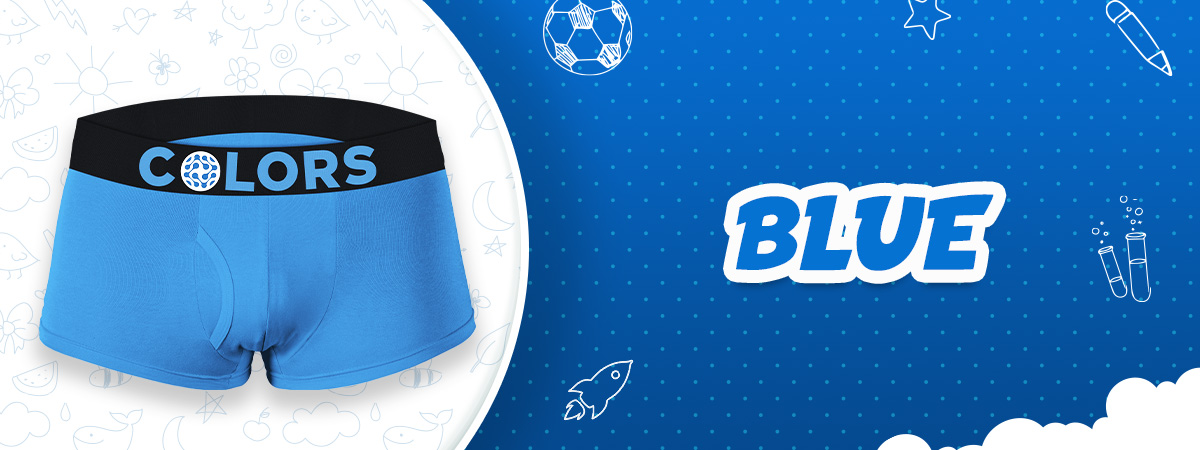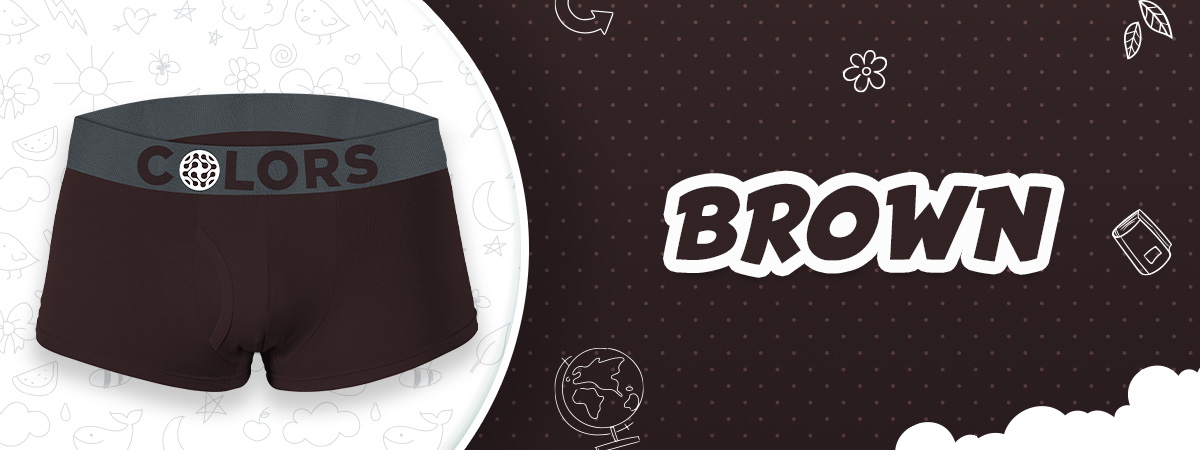Understanding the emotions of children through Colors…
Adults and children both experience mood changes as a result of Color. The relationship between Color psychology and children's learning and behaviour has received extensive attention. The brain's neuropathways can be linked by Color. When the right hue is discovered for a student's difficult subject, the subject really becomes much easier for the learner, who genuinely enjoys learning. Let us find out how different colours can affect the emotions of children...
Red: The Color "Red" stands for a variety of things. It displays strength, evil, vigour, development, love, etc. One of the most potent hues in the universe is red. People are easily drawn to this Color, which also exudes strong energy. When children see something red in front of them, it can be anything from a Red shirt to Inners, they feel energetic and get excited at the same time!
Blue: Blue is associated with peace and tranquillity. It induces a state of relaxation and diffuses tranquilly. A child will feel more at ease and tranquil if their personal belongings, such as bedroom walls, pens, and underwear, are blue! It has more appeal for boys. You can encourage your youngster to paint scenes that are quiet, peaceful, cool, melancholy, etc. by using blue as their primary Color.
Green: The Color green is a symbol of development and nature. Green aids in increasing kids' reading comprehension abilities as well as their focus. Paint the life of your kid in different hues of green so that he can understand the value of nature and also inspire creativity and peace!
Brown: The Color brown represents winter, the period of dormancy following the magnificence of autumn and the tender spring buds. It is also the hue of the soil that supplies the nutrients for the food we plant. Brown is a modest Color, just like recycled paper, and serves as a warm neutral, giving more vivid tones and an earthy counterbalance. The Color Brown is frequently linked with feelings of cosiness, security, and warmth.
The psychology of Color in children requires a more scholarly and research-based approach than merely creating Colorful surroundings through décor, school signs, and the availability of paint. In the month of Children’s Day, Frontline Colors understands the importance of Colors to children as they can influence brain growth, increase productivity, and even mark the passage from childhood to maturity. Rupa Frontline Colors wishes a Happy Children’s Day to each and every child on earth!


























